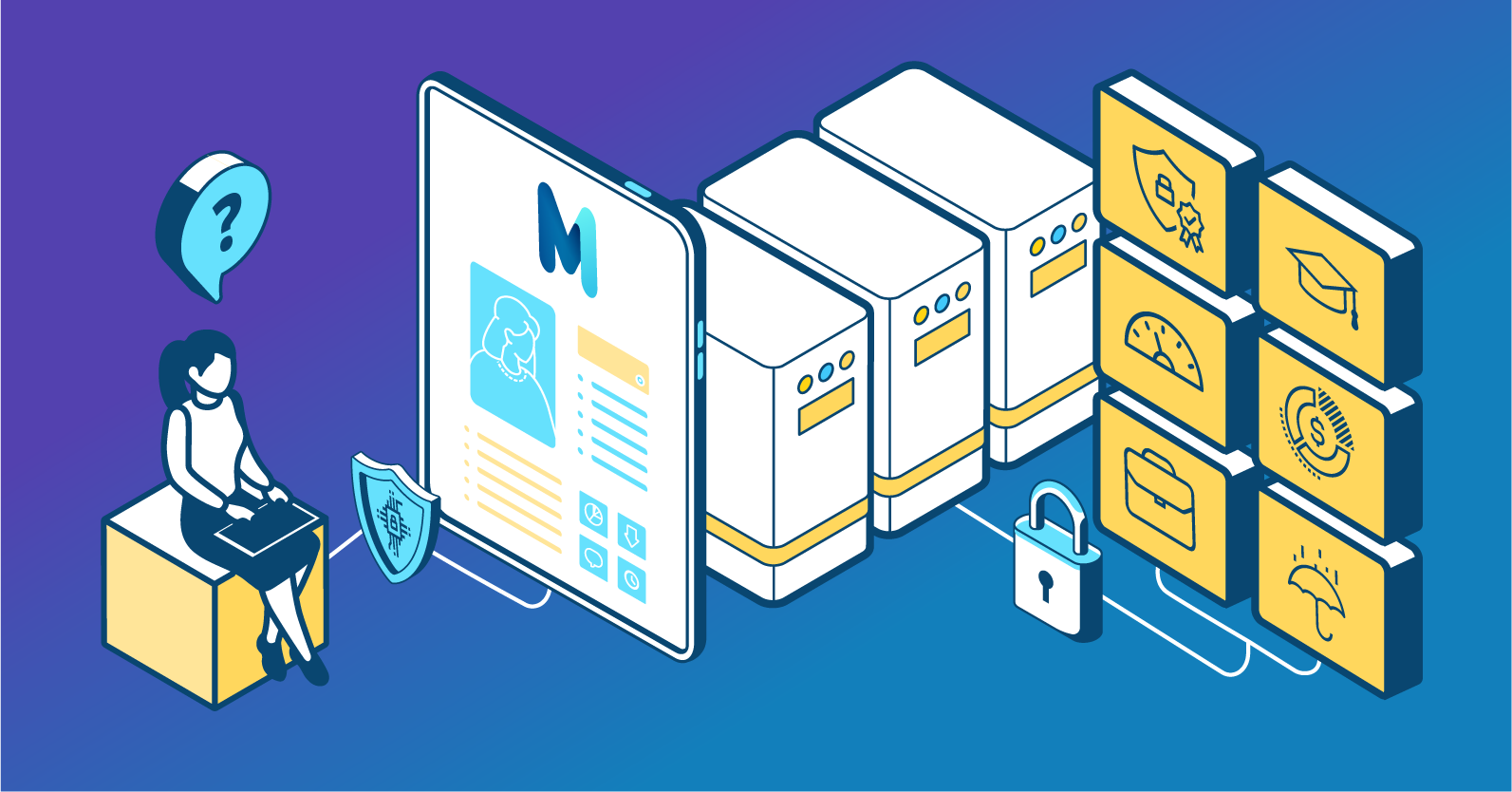Contents
- The pros: When is AI valuable?
- The cons: When does AI hurt your case?
- Using tools with AI guardrails
- Partner with MeasureOne
AI is increasingly and unabashedly embedded in business operations, from automating routine tasks to enhancing decision-making. Yet, despite its promise, AI can do more harm than good if not carefully implemented. Understanding when AI truly adds value—and when it might unintentionally undermine business goals—is critical. Choosing providers with well-defined guardrails can mean the difference between a competitive advantage and unintended setbacks.
The pros: When is AI valuable?
AI is most valuable when it simplifies complex processes, enhances efficiency, or enables faster, data-driven insights. For instance, in customer service or compliance, AI-driven tools can streamline workflows, eliminate redundant tasks, and reduce human error, empowering businesses to focus on higher-level work. AI also proves effective in data-heavy environments, automating insights that would take humans days or weeks to uncover, thus driving quicker, smarter decisions.
The cons: When does AI hurt your case?
Unrestrained applications of AI can easily backfire, often with significant repercussions. Misapplied AI solutions—such as those lacking transparency, oversight, or ethical considerations—can damage brand reputation, compromise data privacy, or lead to biased outcomes that harm customers. In scenarios where a business's decisions deeply impact customer trust, like in finance or healthcare, uncontrolled AI models can alienate users by appearing impersonal or unaccountable. Without strong, explicit limits on what AI should and shouldn’t do, businesses risk harming relationships and losing competitive standing and there are long-lasting consequences including:
- Discrimination and and biased decision-making: AI-driven lending platforms have occasionally shown bias, often because the models trained on historical data inadvertently reinforce past inequalities. In cases where AI models suggested credit approvals or loan amounts, certain demographic groups were more likely to be disadvantaged, leading to regulatory scrutiny and legal consequences for the organizations involved.
- Spread of misinformation: In social and political contexts, AI tools used for polling, voter sentiment analysis, or information distribution can easily "go off the rails" without careful oversight, leading to skewed insights or even misinformation. For example, in the 2016 U.S. election, AI algorithms on social media platforms amplified divisive content and spread misinformation. AI-powered recommendation engines, designed to maximize user engagement, prioritized sensational or polarizing posts, which contributed to misinformation spreading quickly among users. It influenced public opinion and also eroded trust in the electoral process as many users became skeptical of information shared online, and the effect is expected to worsen in the 2024 election.
Ultimately, choosing a provider with comprehensive safeguards for AI use allows businesses to leverage AI’s potential confidently and safely, maintaining control over outcomes while harnessing AI's transformative power.
Using tools with AI guardrails
When selecting AI tools and solutions, it’s essential to prioritize those with robust, well-defined safeguards and control mechanisms that keep operations aligned with business standards and ethical principles. These protections in AI tools are systems, rules, and controls that prevent the technology from taking unintended actions or making decisions that could harm the business or its customers. Protective measures can come in many forms, such as clear decision boundaries, automated error-checking processes, data anonymization techniques, and transparency protocols that let users trace the origin and reasoning behind AI-generated insights. Such precautions make AI more reliable and predictable, reducing the risk of unintended consequences.
For example, MeasureOne’s deterministic document processing uses a combination of AI assistance and strict rule-based (deterministic) processes. Unlike traditional AI models that rely heavily on probability and machine learning to make decisions, deterministic processing sets predefined rules that ensure outcomes are always within specific, known parameters. The AI component assists by handling routine or repetitive parts of the process, but each action adheres to the deterministic model’s boundaries, reducing errors and adding precision. This approach ensures compliance, accuracy, and control while retaining the efficiency gains of AI. By selecting solutions like MeasureOne’s, businesses can enjoy the benefits of AI automation without sacrificing control, ensuring that AI tools are safe, consistent, and aligned with operational goals.
Partner with MeasureOne
MeasureOne’s platform presents instant consumer data access (think auto insurance) and verification in limited steps from within any digital channel. That’s automation, faster decision-making, and better results for your business’s needs.
When you partner with MeasureOne, you’ll be able to:
- Optimize your waterfall of solutions by enabling your consumers to upload any relevant documents to fulfill a data request as a fallback
- Access 100% accurate data from uploaded structured and unstructured documents
- Enhance conversion rates with seamless integration with your current workflow
Sign up today for unlimited auto insurance verifications for 14 days risk-free.

